Category: Brain
-
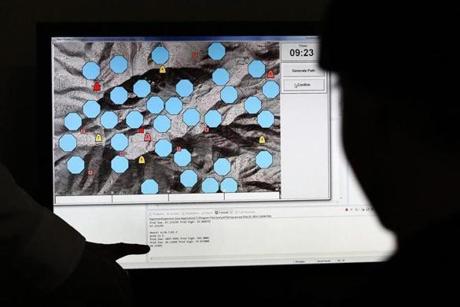
fNIRS headband measures boredom, fatigue, focus in air traffic control simulation
Tufts paper | Boston Globe Tufts professors Robert Jacob and Sergio Fantini are developing an fNIRS based headband to read brain activity, enabling a computer to determine whether the wearer is bored, fatigued, or sharp. They recently tested the method in an air traffic control simulation. With functional near infrared spectroscopy, a row of lights embedded in…
-

Facial expression controlled ear computer/health monitor
AFP | Japan Times Kazuhiro Taniguchi of Hiroshima City University has developed a 17 gram “Earclip-type Wearable PC” equipped with a GPS, compass, gyrosensor, battery, barometer, speaker and microphone. A microchip and data storage enable users to load software. The device is being tested now, with promising applications for the elderly and disabled. The system…
-
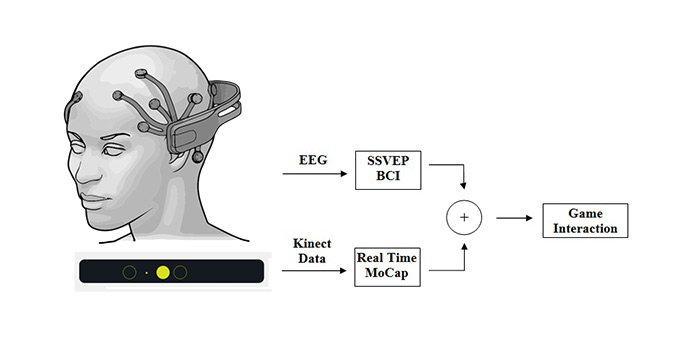
Brain-Kinect Interface for rehabilitation
http://link.springer.com/chapter/10.1007/978-3-658-02897-8_18 John Edison Muñoz Cardona, a Universidad Tecnológica de Pereira student, has developed a Brain-Kinect Interface for rehabilitation. It combines bio-mechanical signals acquired by the Kinect sensor with signals from the Emotiv EPOC headset. The combination of motion capture signals and EEG-based BCI is used for interaction in a rehabilitation game for patients with motor and/or cognitive impairments. The system…
-
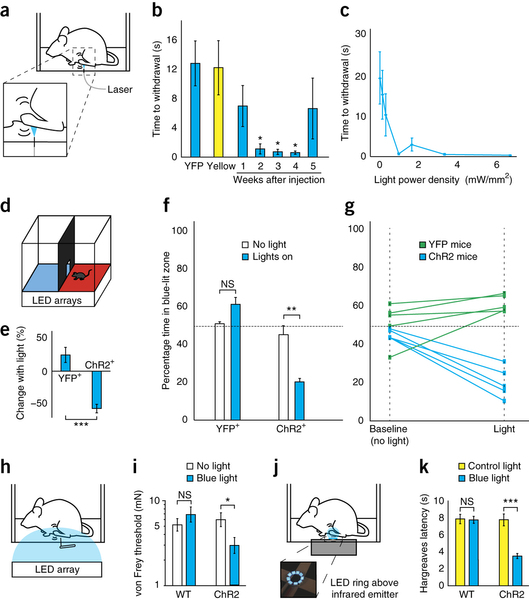
Optogenetics for pain control
http://news.stanford.edu/news/2014/february/biox-numb-pain-021914.html http://www.nature.com/nbt/journal/vaop/ncurrent/full/nbt.2834.html Stanford professor Scott Delp is exploring the use of optogenetics for pain control. He is experimenting with mice with the hope that this research could be used to understand and treat pain in humans. The optogenetics process is invasive, and therefore not suitable for all. The mice are modified with gene therapy to…
-
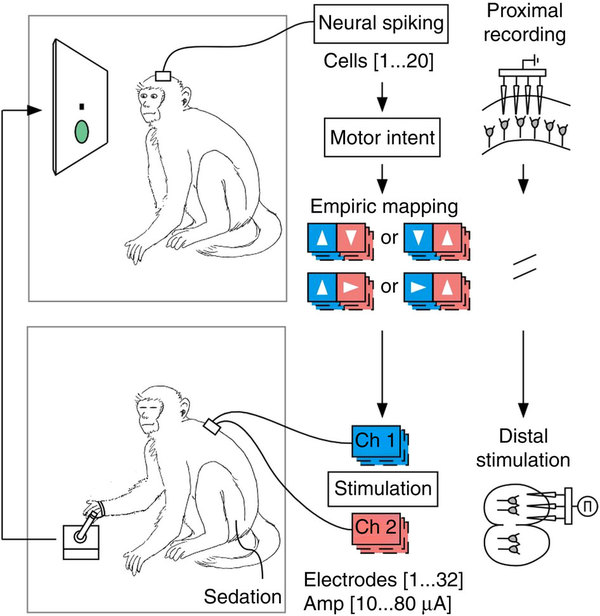
Cortical-spinal prosthesis directs “targeted movement” in paralyzed limbs
http://www.nature.com/ncomms/2014/140218/ncomms4237/full/ncomms4237.html Cornell‘s Maryam Shanechi, Harvard‘s Ziv Williams and colleagues developed a cortical-spinal prosthesis that directs “targeted movement” in paralyzed limbs. They tested a prosthesis that connects two subjects by enabling one subject to send its recorded neural activity to control limb movements in a different subject that is temporarily sedated. The BMI is based on a set of real-time…
-

Pentagon considers electric brain stimulation for troops
Boston Globe article APA paper The US Air Force has completed 5 studies to investigate if low level electrical stimulation can replace caffeine for fatigued troops who oversee the processing of digital information, including surveillance and drone footage. The research grew out of a recognition that while computers have automated many military functions, humans are…
-
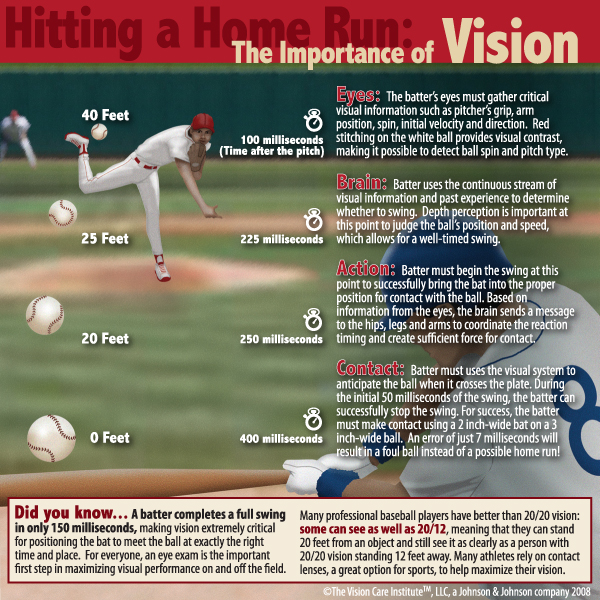
Perceptual learning training improves vision
http://www.cell.com/current-biology/retrieve/pii/S0960982214000050 Professor Aaron Seitz, Professor Daniel Ozer , and Jenni Deveau at UC Riverside combined perceptual learning approaches to determine if improvements gained from an integrated, perceptual learning based training program would transfer to real world tasks. They found that the brain-training technique significantly improved the vision of baseball players. Before the start of the 2013 NCAA Division 1 baseball season, 19…
-
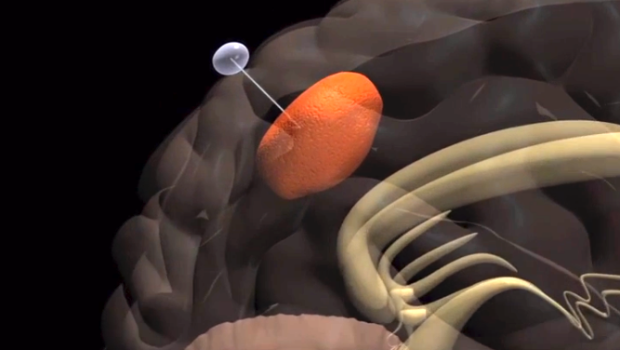
Study: Nanofibers partially “move” brain tumors to accessible locations
http://www.nature.com/nmat/journal/vaop/ncurrent/full/nmat3878.html http://www.research.gatech.edu/news/researchers-hijack-cancer-migration-mechanism-“move”-brain-tumors Glioblastoma cancers are difficult to treat because malignant cells spread through the brain by following nerve fibers and blood vessels to invade new locations. Professor Ravi Bellamkonda and Georgia Tech and Emory colleagues developed a technique they claim hijacks this migratory mechanism, turning it against the cancer by using a film of thin nanofibers to lure…
-
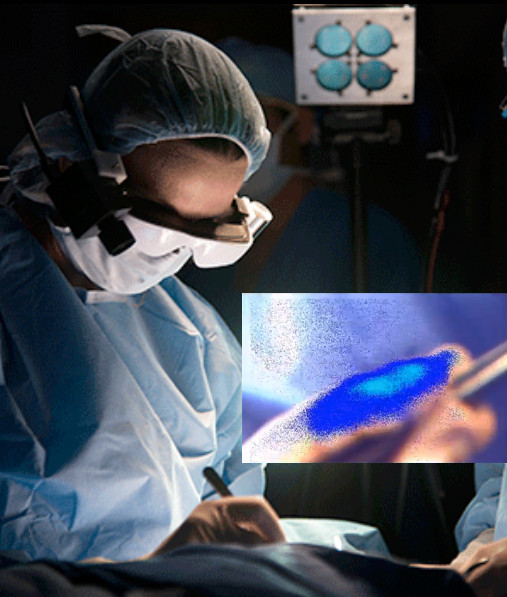
Cancer cells glow when viewed through surgical glasses
https://news.wustl.edu/news/Pages/26496.aspx Washington University Professor Samuel Achilefu has developed surgical glasses that detect tumors by making cancer cells glow and appear blue in color. This is accomplished through custom video technology, a head mounted display, and a targeted molecular agent that attaches to cancer cells. Tumors as small as 1 mm in diameter could be detected.…
-
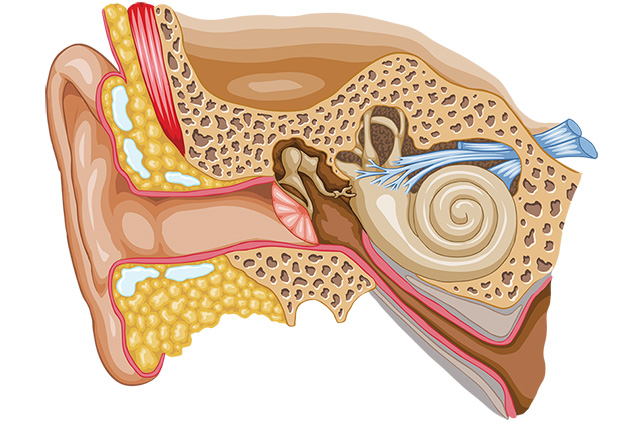
Wirelessly charged cochlear implant with no external hardware
http://web.mit.edu/newsoffice/2014/cochlear-implants-with-no-exterior-hardware-0209.html MIT scientists have developed a low power signal processing chip that could lead to a cochlear implant requiring no external hardware. Harvard Medical School and Massachusetts Eye and Ear Infirmary doctors collaborated with the researchers. The implant would be wirelessly recharged and run for eight hours. Instead of an external microphone, the implant would…
-
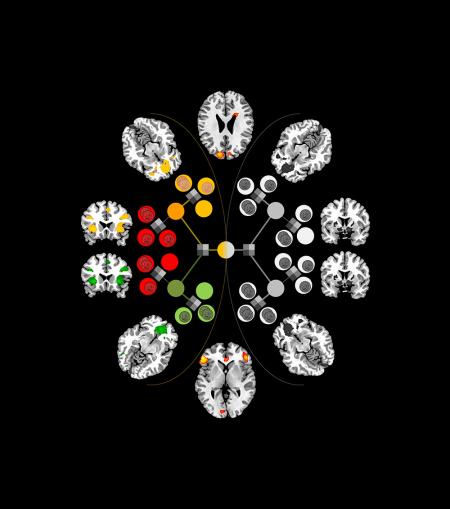
Computational modeling and fMRI show the roles of brain regions in behavioral control
https://www.cell.com/neuron/abstract/S0896-6273(13)01125-2 John O’Doherty of the Caltech Brain Imaging Center has pinpointed areas of the brain—the inferior lateral prefrontal cortex and frontopolar cortex—that seem to serve as the “arbitrator” between model-based and model-free decision-making systems, weighing the reliability of the predictions each makes and then allocating control accordingly. Professor O’Doherty believes that this can lead to better…
-

Non-invasive, nanoparticle method for identifying atherosclerosis plaques
http://pubs.acs.org/doi/abs/10.1021/nl404816m Case Western‘s Michael Bruckman and colleagues have developed a multifunctional nanoparticle that pinpoints blood vessel plaques caused by atherosclerosis using MRI. The goal is to create a non-invasive method of identifying heart attack and stroke causing plaques vulnerable to rupture, in time for treatment. Currently doctors can only identify narrowing blood vessels caused by plaque…